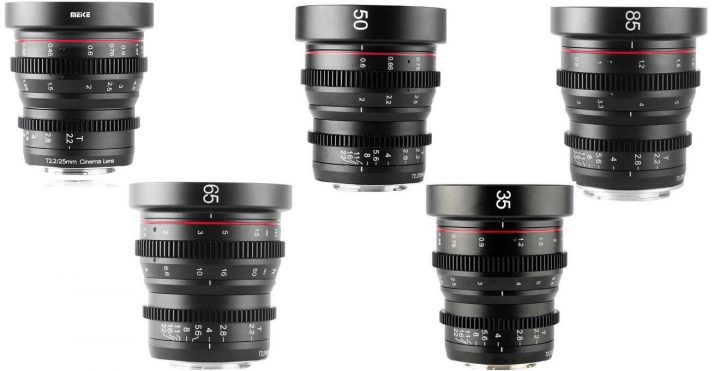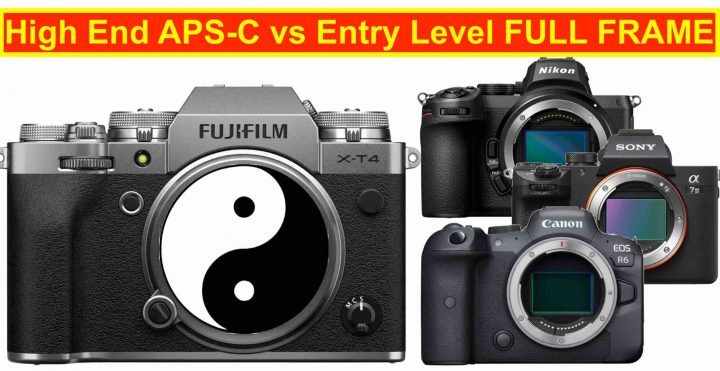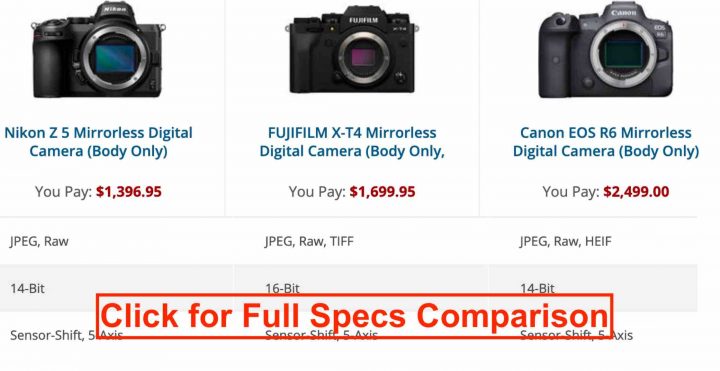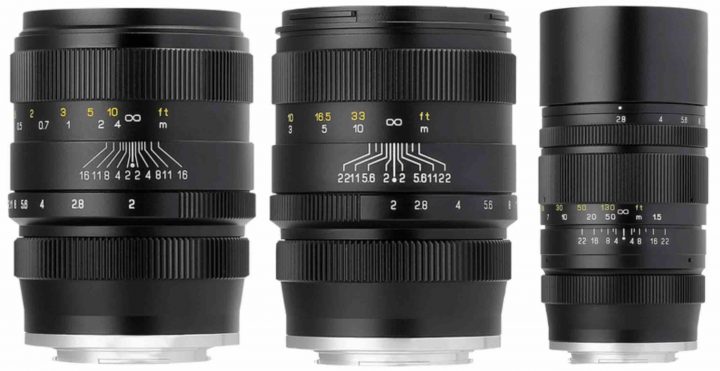Nikkei: “Japanese Camera Industry Strangles Itself. 88% Decline in 10 Years. On the Brink of Extinction, Unless…”
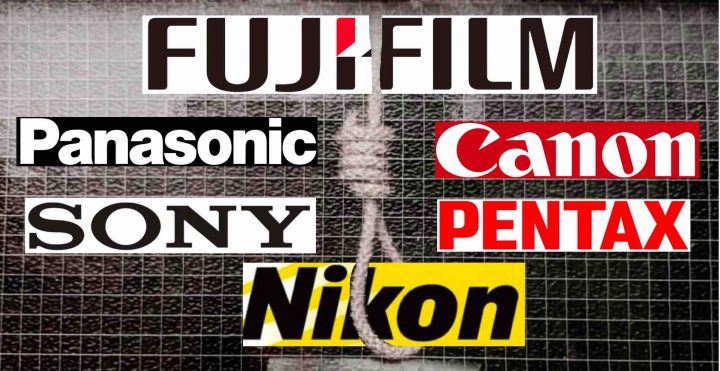
Triggered by recent failure of the Olympus imaging division (which FujiRumors dedicated an own – and very personal – article here), Nikkei deputy editor Masamichi Hoshi has published a rather dark overview over the current camera market situation and an even darker forecast.
The article starts by taking into account two rather obvious reasons, why the camera industry struggles, and that surely Japanese camera makers are not responsible for:
- the rise of smartphones
- COVID-19 (which lead to only 2.63 million shipments during the first four months of this year, down 44% from the same period last year)
The numbers of the decline are dramatic:
- 2010: a total of 121 million digital cameras shipped
- 2019: a total of 15 million digital cameras shipped
- … this means there was an almost 88% decrease in 10 years only!
- 2020: a total of 2.63 million digital cameras shipped in the first 4 months
A special mention in regards of struggling companies goes to Nikon, which has photography as a core business (unlike Fujifilm), but also all other brands are having hard times.
Nikon’s imaging unit, which has focused on digital cameras, finished the fiscal year that ended in March with an operating loss of 17.1 billion yen ($158.7 million), down from a profit of 22 billion yen the previous year. In November, the unit drafted a rebuilding plan focused on the “pro-hobby class,” which consumes 3 million interchangeable lenses per year. It aims to cut 50 billion yen from its fiscal 2019 operating costs by the end of fiscal 2022. The cuts will come from a reorganization of production plants, a narrowing of products and a personnel reduction.
The digital camera operations of companies like Ricoh and Panasonic also continue to struggle. The operating profit at Canon’s imaging system units fell by 48.2 billion yen in the year through December, a 62% drop the previous year.
But beyond smartphones and COVID-19, there is a third reason highlighted by Masamichi Hoshi, which is the one we want to focus on here today: excessive competition.
Here is what Masamichi Hoshi writes on Nikkei:

